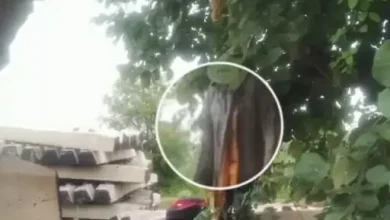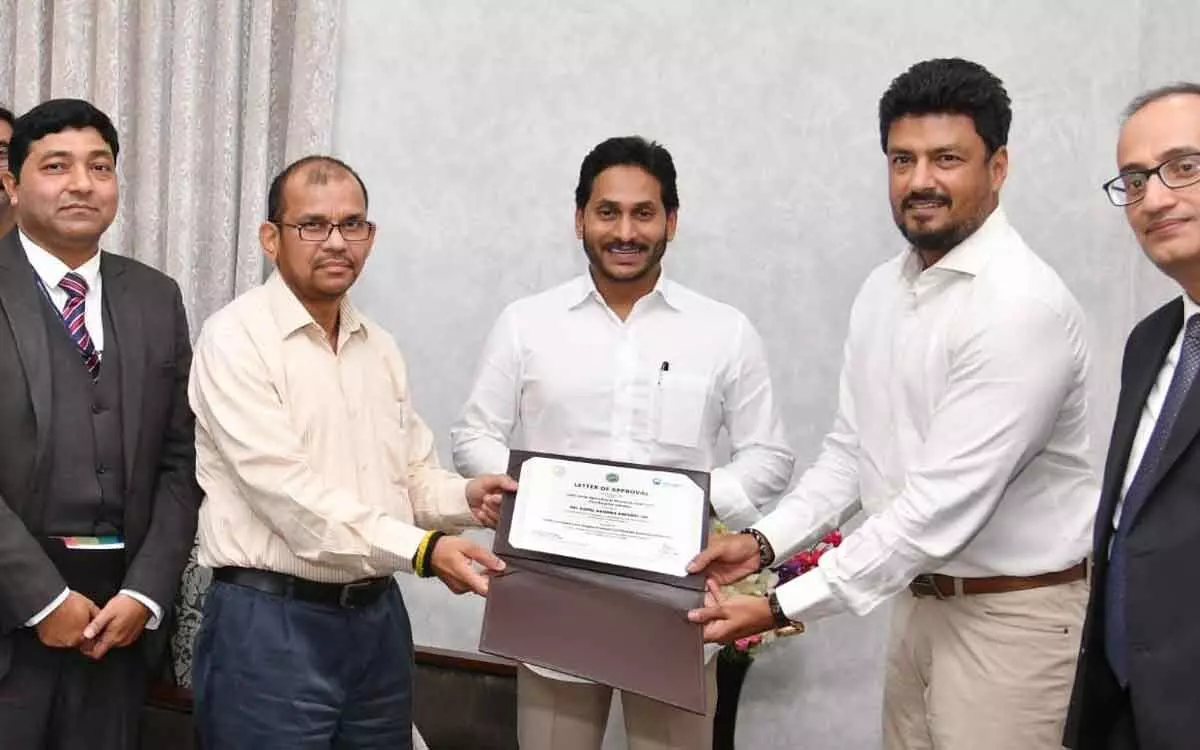Gaganyaan Mission: India is now going to send humans into space, big information has come

New Delhi: India is now very close to sending humans into space. ISRO i.e. Indian Space Research Organization also keeps giving continuous information about the progress on Gaganyaan mission. Meanwhile, there is news that Prime Minister Narendra Modi is now going to meet the potential astronauts from the country who are being prepared to be sent to space. However, till now the names of astronauts have not been officially announced by the government. According to a report in Times of India, four names have been selected from India. These include Prashant Nair, Angad Pratap, Ajit Krishnan and Chauhan. At present, information about his full name is not known.
It is being said that these four are either wing commanders or group captains. All four astronauts are undergoing training in Bengaluru to go to space. On Tuesday, PM Modi can meet him at ISRO’s Vikram Sarabhai Space Centre. The special thing is that once the Gaganyaan mission is successful, India will become the fourth country to send a human being into space. According to TOI report, out of the test pilots who showed interest in the Gaganyaan mission, only 12 could clear the first phase of selection. It was organized in the year 2019 at the Institute of Aerospace Medicine working under the Indian Air Force i.e. IAF in Bengaluru. After several rounds of selection process, IAM had approved four names.
There are reports that in the year 2020, four people were also sent by ISRO to Russia for initial training. This training ended in the year 2021. It is being said that it took time to complete the training due to Covid-19. On Wednesday itself, ISRO had informed about the completion of testing of the cryogenic engine. The Indian Space Agency had said that the CE20 cryogenic engine is now ‘human rated’ for the Gaganyaan mission. Further information was given, ‘After rigorous testing, the efficiency of the engine has been revealed…’ The special thing is that now this engine will power the upper stage of the LVM3 vehicle.





